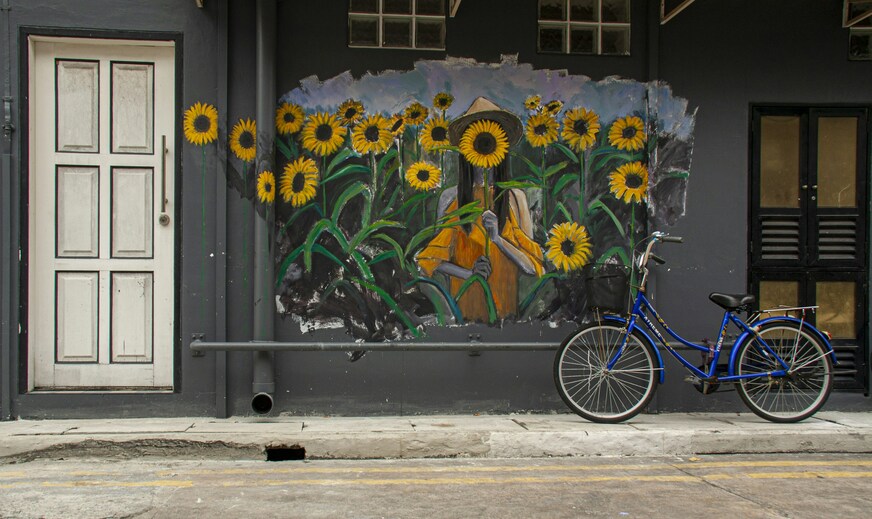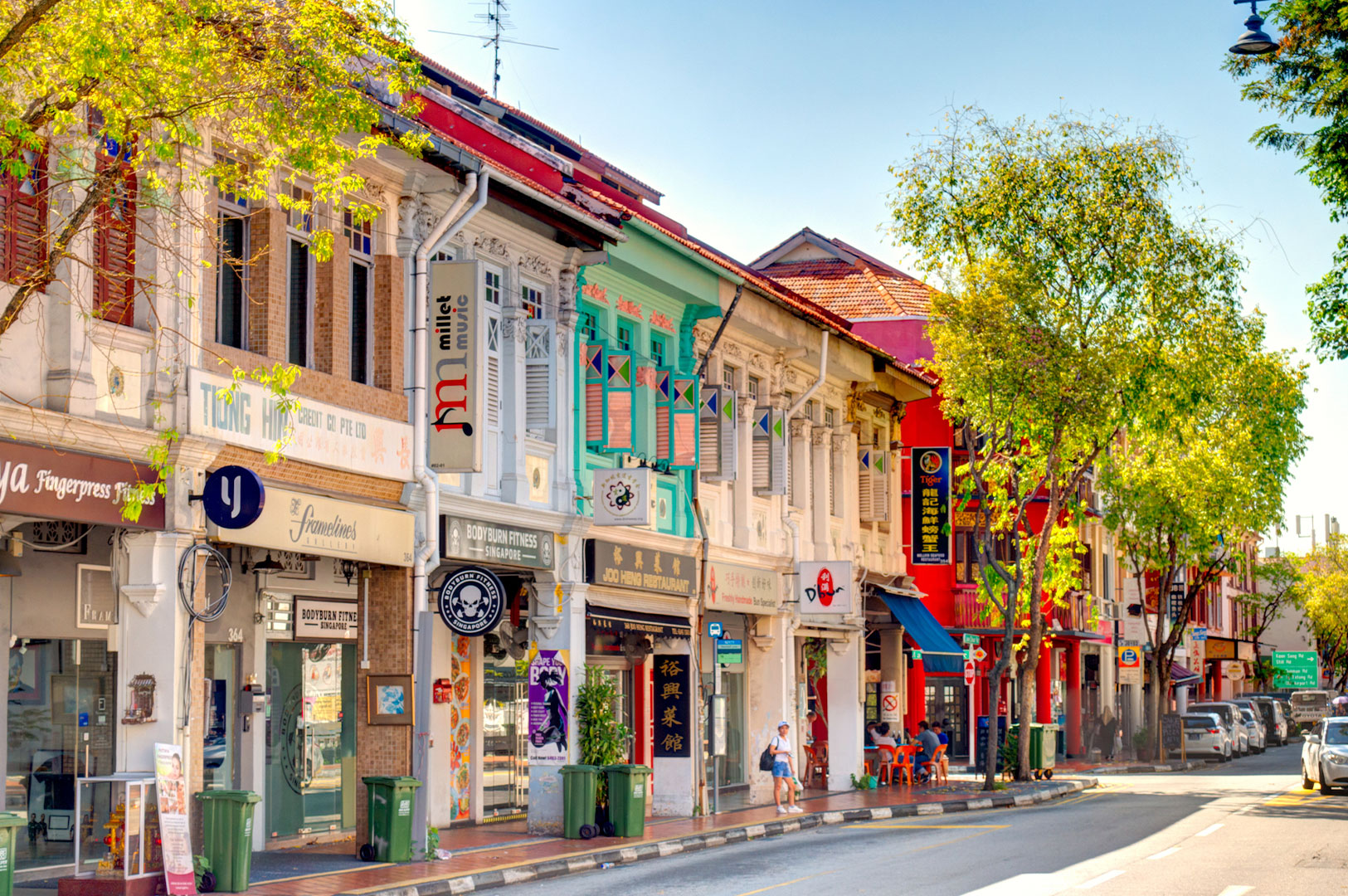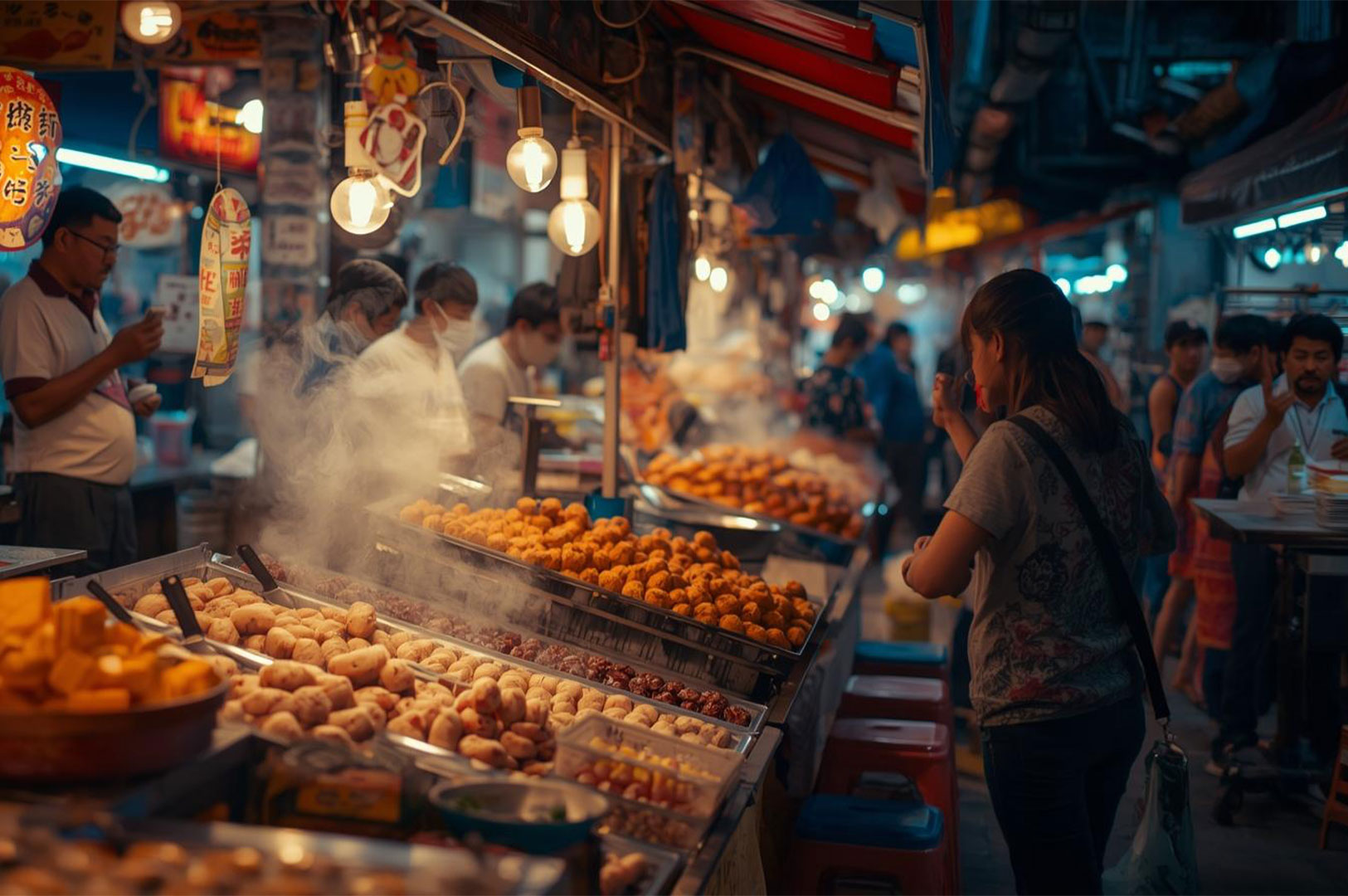Singapore is often imagined as a city of gleaming skyscrapers and lush, manicured gardens. But woven into the fabric of its urban landscape is a vibrant and growing tapestry of public art. Beyond the grand sculptures in the business district, art has found a home in the heart of our communities, transforming everyday spaces into open-air galleries.
This evolution from a “Garden City” to a “City in Art” is more than just an aesthetic upgrade; it demonstrates the power of public art to shape neighbourhood identity and reflect the cultural influence and societal values of the people who live there.
This article delves into the world of Singapore public art, exploring how these creative interventions are not just decorating our streets, but are actively fostering community pride, preserving heritage, and sparking conversations.
What is Public Art and Why Does it Matter?
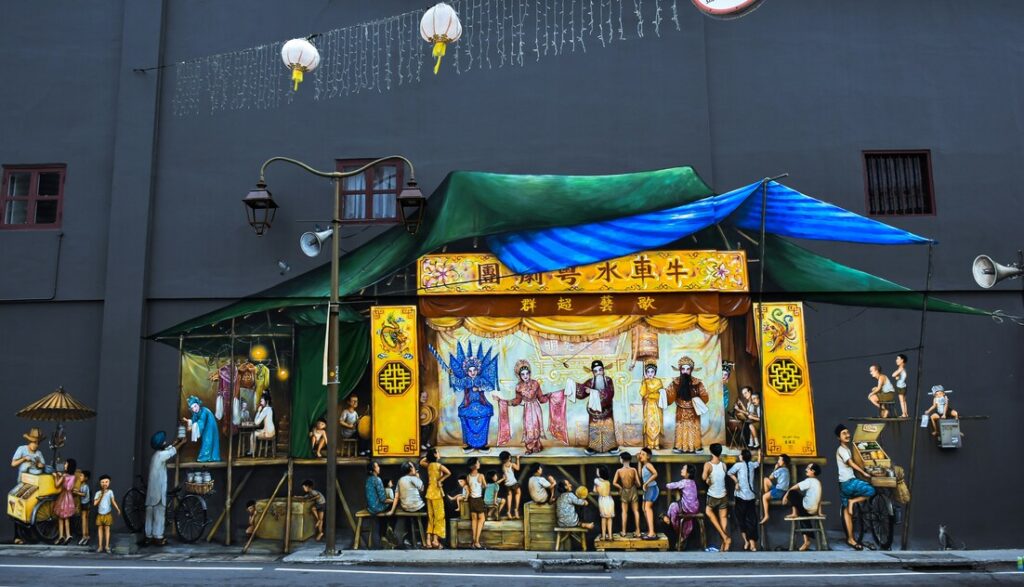
Public art is much more than decoration—it is a dynamic force that shapes the identity and spirit of Singapore’s neighbourhoods. By transforming everyday spaces into platforms for creative expression, public art brings arts and culture directly into the heart of the city.
National Arts Council
The National Arts Council plays a central role in championing public art, supporting initiatives that celebrate Singapore’s rich heritage and diverse communities. These works are not only visually striking, but also foster social engagement, spark conversations, and create a sense of belonging among residents.
In a city as vibrant and multicultural as Singapore, public art serves as a bridge between the past and present, allowing communities to share their stories and celebrate their unique cultural identity. Whether commemorating history or inspiring new connections, public art is an essential part of urban development, making our shared spaces more meaningful and alive.
A Brush with History: Singapore’s Public Art Journey
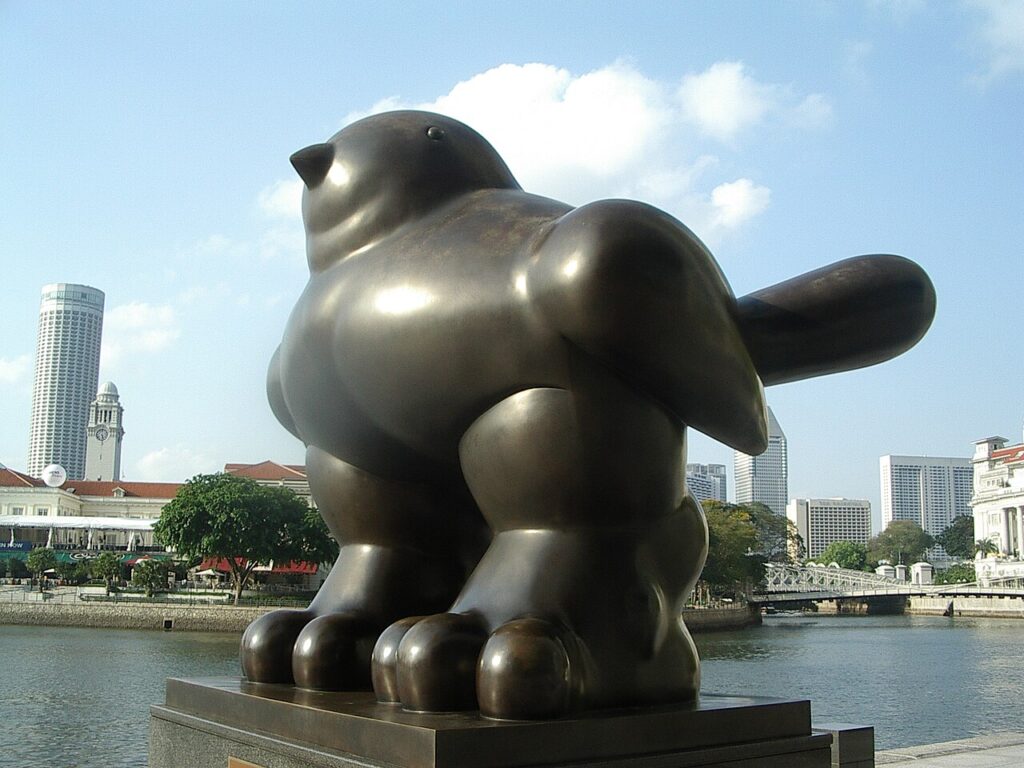
The concept of integrating art into public spaces isn’t entirely new to Singapore, but it has certainly gained significant momentum over the past few decades. Over the last 60 years, public art in Singapore has evolved from isolated installations to a vibrant, city-wide movement that reflects the nation’s growth and cultural identity. Initially, public artworks were often monumental sculptures placed in prominent civic or commercial areas. Think of the iconic ‘Bird’ sculpture by Fernando Botero along the Singapore River or Ng Eng Teng’s ‘Mother and Child’ outside Far East Shopping Centre.
The real shift began when policymakers recognised art’s potential to enrich the lives of residents in their own backyards. A key milestone was the establishment of the Public Art Trust (PAT) in 2014 by the National Arts Council (NAC). The PAT acts as a bridge between artists and community partners, commissioning and acquiring artworks to be placed in public spaces for everyone to enjoy, free of charge. This initiative, alongside others from bodies like the Urban Redevelopment Authority (URA) and the Housing & Development Board (HDB), has democratised art, moving it from exclusive galleries into the void decks, parks, and walkways of our neighbourhoods.
Art in the Heartlands: Neighbourhood-Defining Installations
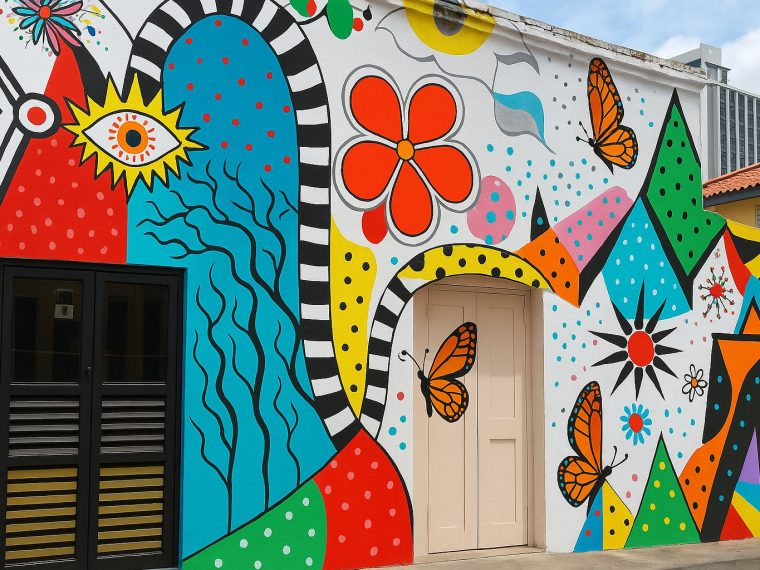
The true magic of community art Singapore lies in its ability to be site-specific, capturing the unique soul of each neighbourhood. Public art in Singapore’s neighbourhoods takes many forms, including murals, sculptures, and installations, offering diverse ways for communities to experience and engage with their surroundings. Here are a few standout examples that have become synonymous with their locations.
1. The Wall of Memories in Ang Mo Kio
Artist: Yip Yew Chong
Location: Ang Mo Kio Town Centre (near Block 724)
Significance: Yip Yew Chong is celebrated for his nostalgic murals depicting Singapore in a bygone era. This sprawling 40-metre-long mural, painted in 2023, is a beautiful example of heritage art Singapore. It showcases scenes from the area’s past, including the iconic “Fighting Spider” trees and a classic provision shop. It serves as a visual history lesson, allowing older residents to reminisce and younger generations to connect with their neighbourhood’s roots.
2. Gelam Gallery in Kampong Glam
Artists: Various local and international artists
Location: The back alleys of Muscat Street
Significance: Launched in 2019, Gelam Gallery has transformed once-drab back lanes into Singapore’s first permanent outdoor art gallery. It features a diverse collection of murals and framed works from over 30 artists. The art here is a vibrant mix of traditional Malay motifs and contemporary pop culture, reflecting Kampong Glam‘s unique identity as a historical district with a trendy, modern edge. It’s a brilliant example of how art can rejuvenate underutilised urban spaces.
3. Cattle in Little India
Artist: P. Gnana
Location: Along Campbell Lane
Significance: As part of the ARTWALK Little India festival, this series of colourful, life-sized cow sculptures adds a whimsical touch to the bustling district. In Hinduism, the cow is a sacred animal, and these sculptures are a playful yet respectful nod to the deep cultural and religious heritage of Little India. They have become beloved fixtures and popular photo spots, perfectly blending art with the area’s distinct character.
4. The Tiong Bahru Murals
Artists: Yip Yew Chong and other community artists
Location: Various locations around the Tiong Bahru estate
Significance: The murals scattered across one of Singapore’s oldest public housing estates are like hidden gems waiting to be discovered. Yip Yew Chong’s famous “Pasar and the Fortune Teller” and “Home” murals capture the domestic and community life of old Tiong Bahru with incredible detail and warmth. These artworks have enhanced the neighbourhood’s nostalgic charm and have become integral to its identity.
5. Under One Roof in Tampines
Artist: Studio Esko
Location: Tampines Changkat Butterfly Garden
Significance: This installation, unveiled in 2018, features a series of colourful, house-like structures. It celebrates the spirit of community in a heartland town, symbolising the diverse households living together harmoniously under one roof—a nod to the HDB blocks that define the area. It’s a cheerful and modern piece of urban art that resonates with residents.
Material Matters: Sustainability and Symbolism in Public Art
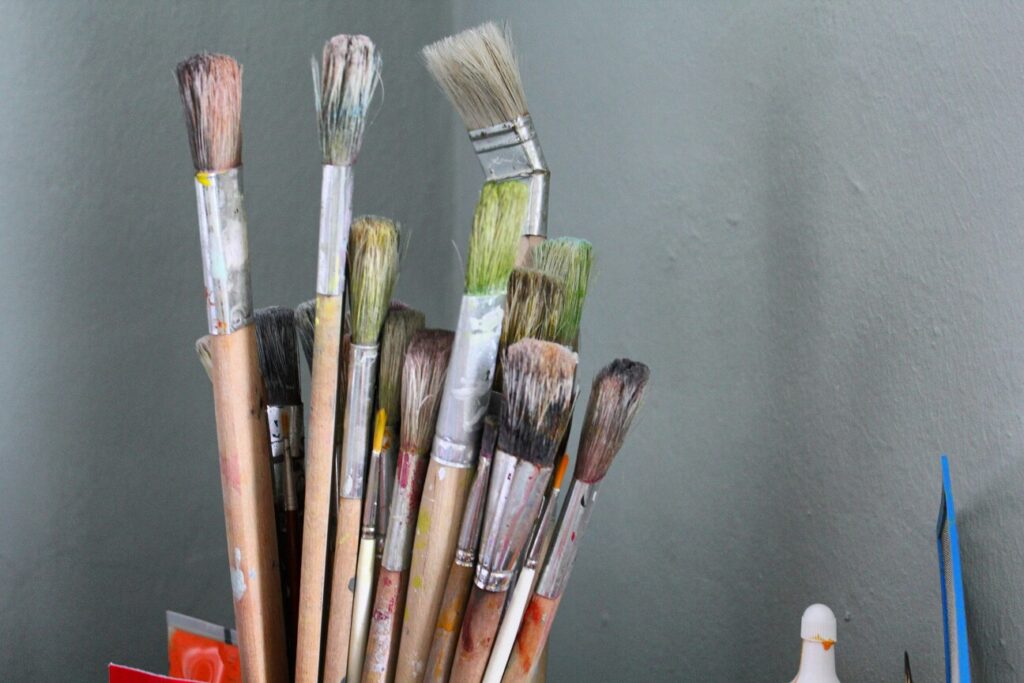
The materials chosen for public art installations in Singapore are as meaningful as the artworks themselves. Increasingly, artists and communities are embracing sustainable practices, using recycled metals, eco-friendly paints, and other green materials to create works that reflect the city’s commitment to environmental responsibility.
The National Arts Council actively encourages these choices, providing resources and guidance to help artists develop installations that are both beautiful and sustainable. Beyond their environmental impact, materials also carry symbolic weight—wood, stone, glass, and metal can each evoke different emotions and cultural associations, adding layers of meaning to the art.
Reflecting Culture and Sparking Conversations
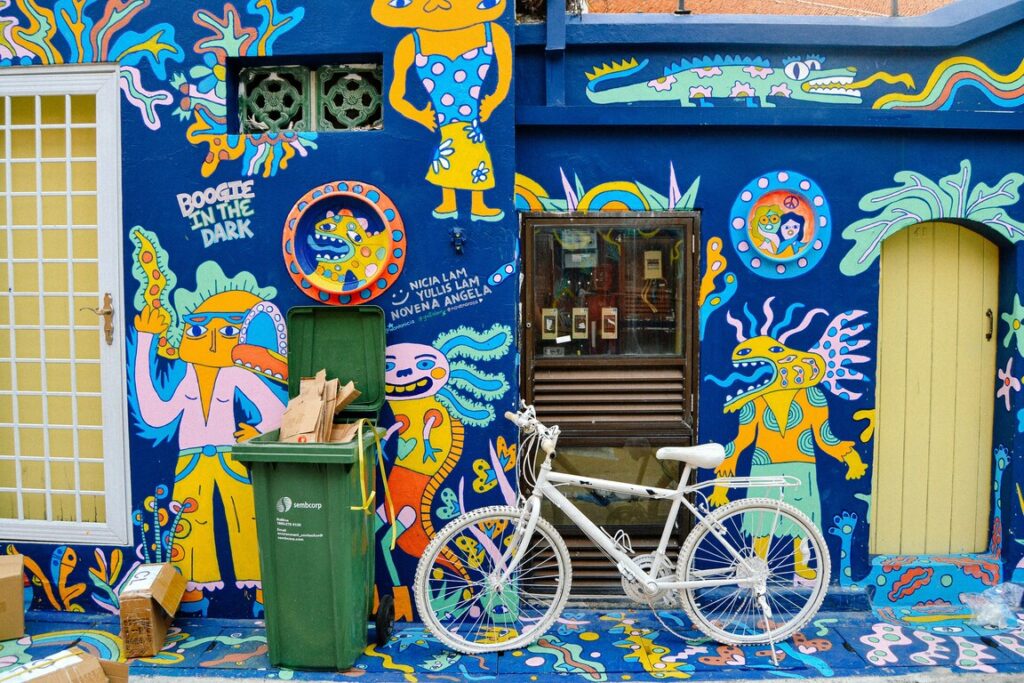
These art installations do more than just beautify a space; they act as mirrors, reflecting the cultural heritage and collective memory of a community. Public art also plays a vital role in building a more cohesive and culturally rich society by fostering social cohesion and reinforcing shared values.
In Little India, the art is steeped in Indian folklore and tradition. In Kampong Glam, it celebrates Malay culture while embracing a modern, bohemian vibe. This form of cultural expression gives residents a sense of ownership and pride.
Economic Benefits: Beyond Aesthetics
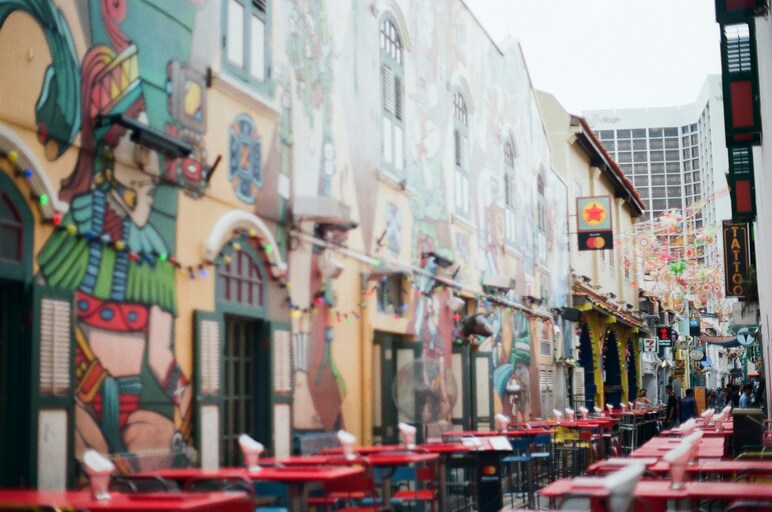
Public art in Singapore is not just about enhancing the city’s visual appeal—it also delivers tangible economic benefits. By making neighbourhoods more attractive and vibrant, public art can boost property values, draw in new businesses, and encourage investment in local communities. The arts and culture sector, supported by the National Arts Council, plays a vital role in Singapore’s urban development, providing opportunities for local artists and cultural groups to showcase their work and engage with the public. Cultural tourism is another key benefit, as visitors are drawn to explore the city’s unique art trails and installations, supporting small businesses and enriching the local economy.
The Community as Co-Creator
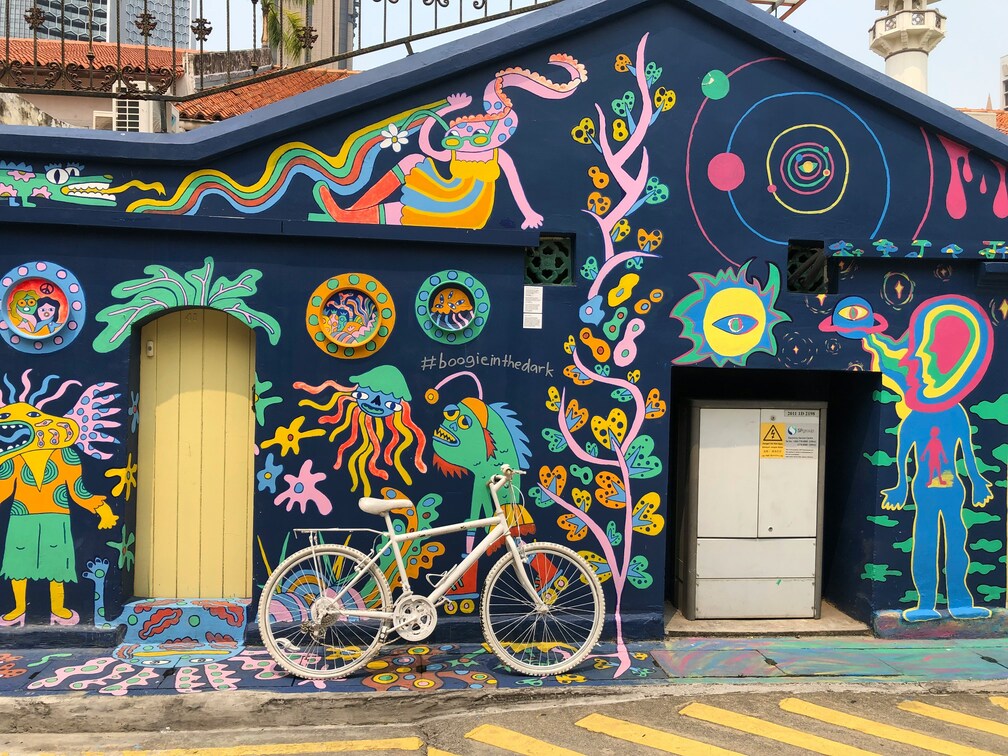
A growing trend in community art Singapore is the direct involvement of residents in the creative process. Many projects, particularly void deck murals and neighbourhood art initiatives, are collaborative efforts. Artists often conduct workshops with residents, gathering stories and ideas that are then incorporated into the final piece.
Challenges in Art Integration
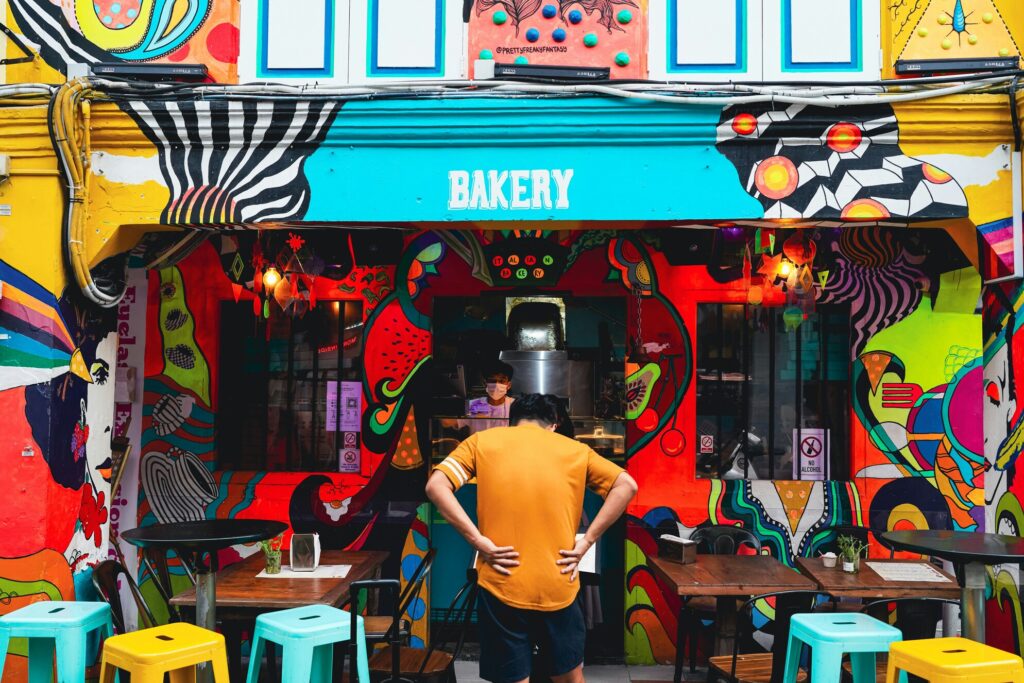
While the benefits of public art are clear, integrating it into Singapore’s urban environment comes with its own set of challenges. Funding remains a significant hurdle, with many projects relying on limited resources from the National Arts Council or seeking additional support from private donors. Space is another constraint, as the city’s dense urban landscape leaves limited room for new installations, and public spaces are often subject to strict regulations. Artists and communities must also consider the long-term maintenance of artworks, which can be vulnerable to weather, vandalism, and the passage of time.
Despite these obstacles, Singapore’s commitment to accessible and meaningful public art remains strong. By fostering collaboration between artists, residents, and government agencies, the city continues to find innovative ways to create and sustain public art that enriches the lives of all who live, work, and play within its diverse communities.
The Future is Artful
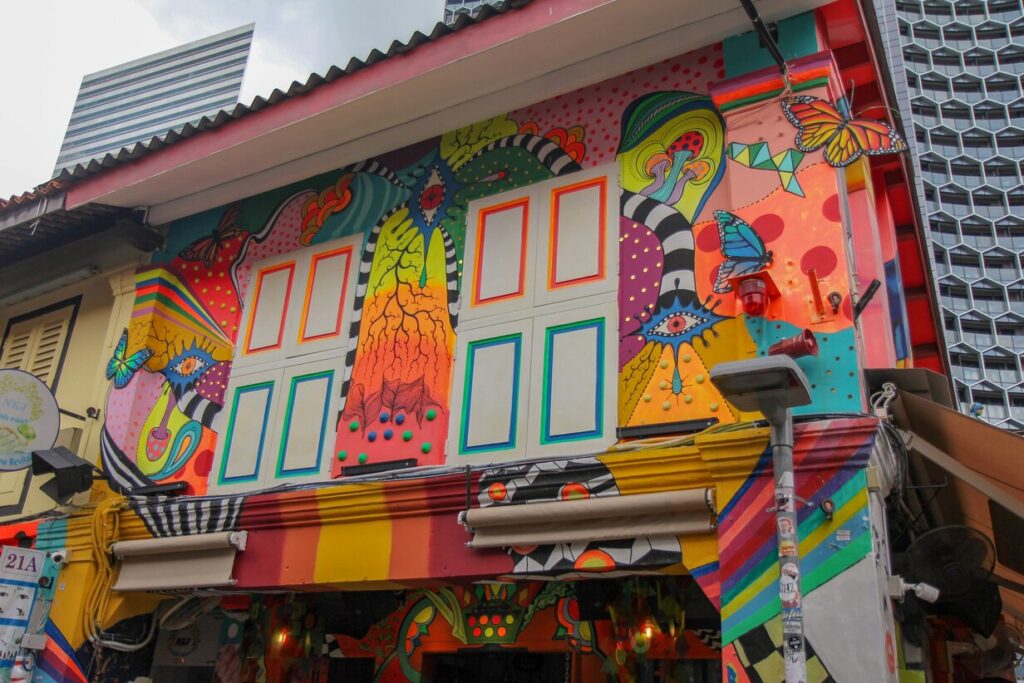
The future of Singapore public art looks incredibly bright. The HDB’s “Art in the Neighbourhood” programme continues to bring works to the heartlands. Other programmes are also being developed to engage youth and provide diverse arts experiences, ensuring that all members of the community can participate in and enjoy the arts. The Public Art Trust is expanding its reach, with plans for more installations that respond to the history and environment of specific locations.
We can expect to see more interactive and technology-infused artworks, as well as a continued focus on sustainability and community engagement. There is also an increasing variety of activities and arts experiences designed to involve all segments of the community, especially youth, through participatory events and hands-on workshops. The goal is to weave art so seamlessly into our urban planning that every neighbourhood has its own distinct creative signature.
Explore and Share!
These artworks are out there, waiting to be discovered. The next time you are in a neighbourhood, take a moment to look around. You might be surprised by the creative treasures you find.
We encourage you to explore the public art in your own backyard or venture out to one of the art-filled neighbourhoods mentioned in this guide. Take pictures, learn the stories behind the art, and see how it shapes the places we call home.

